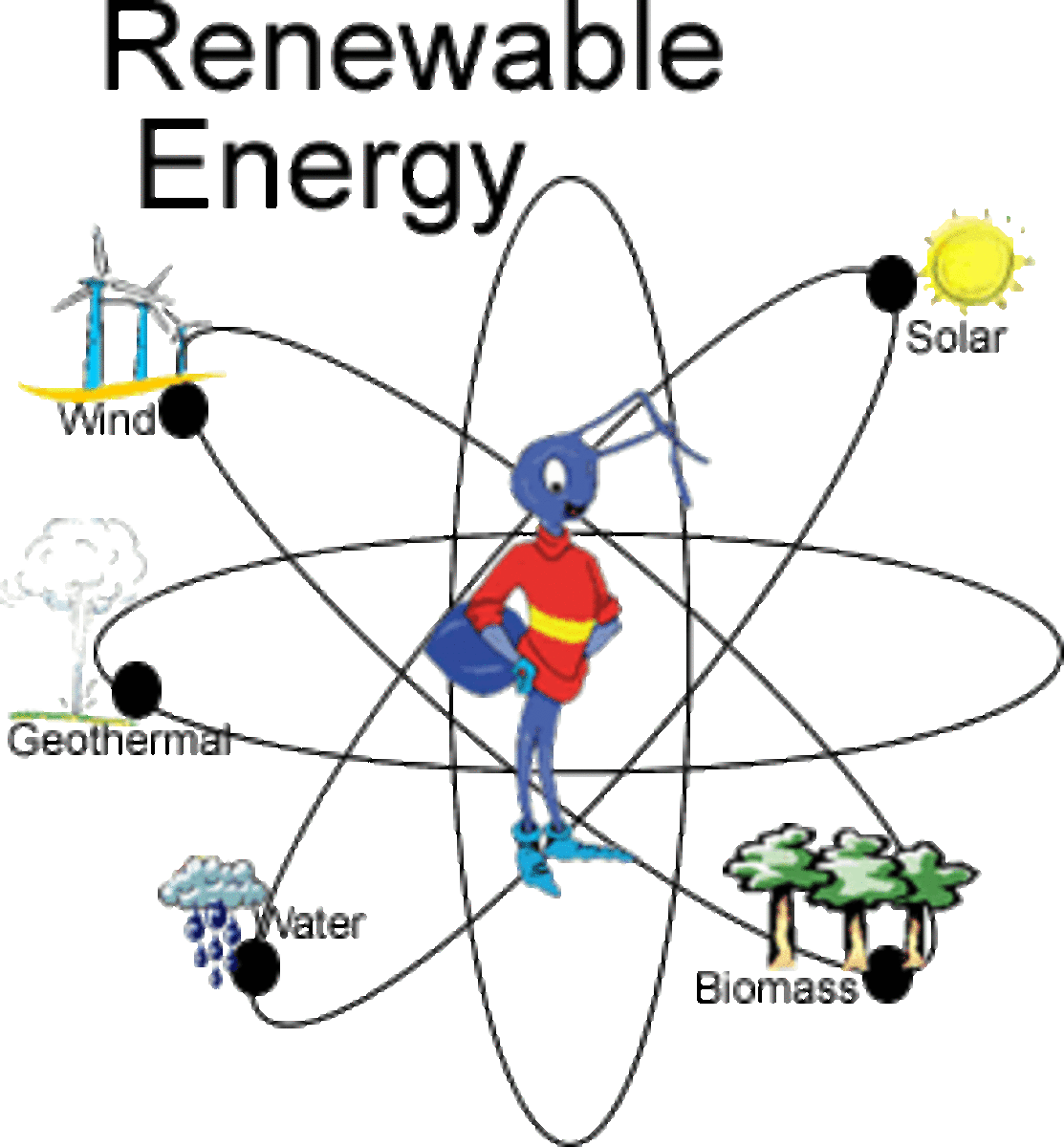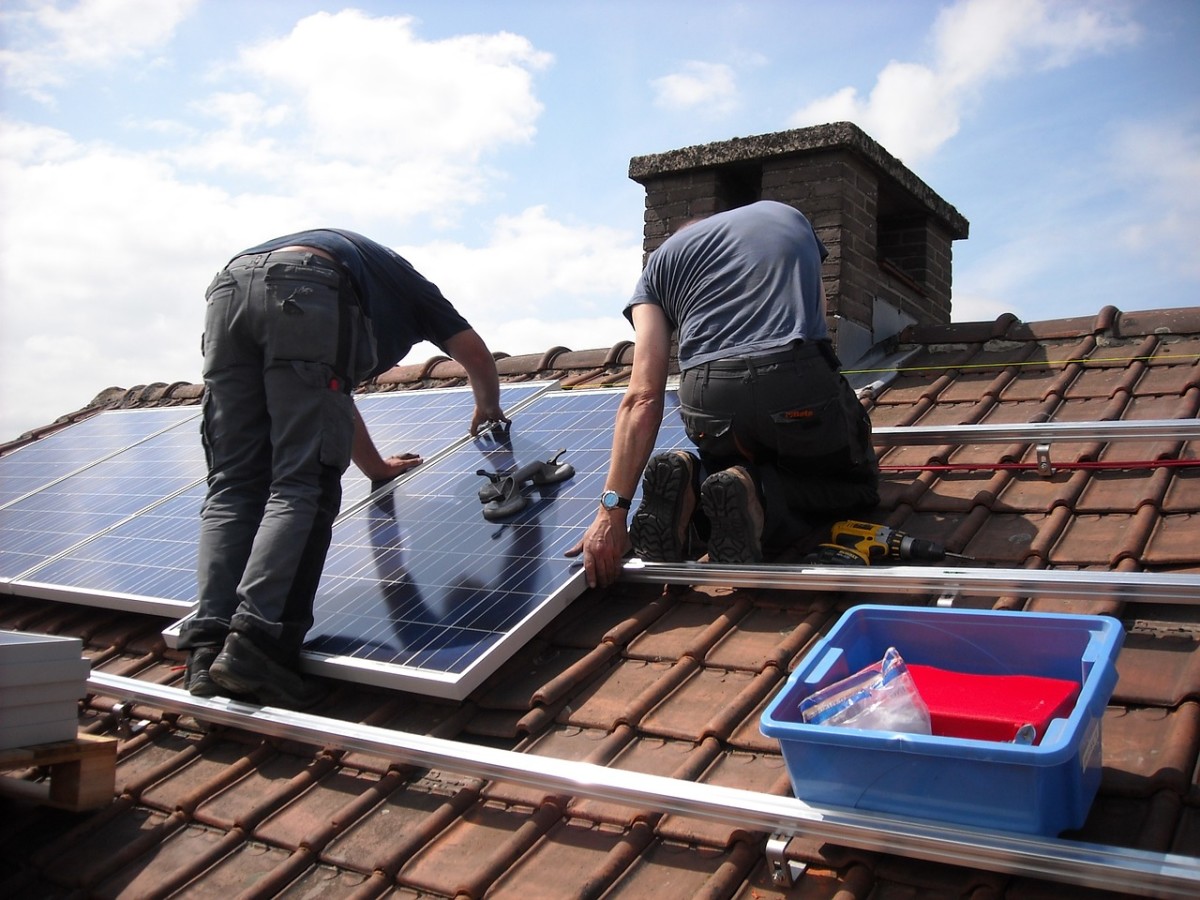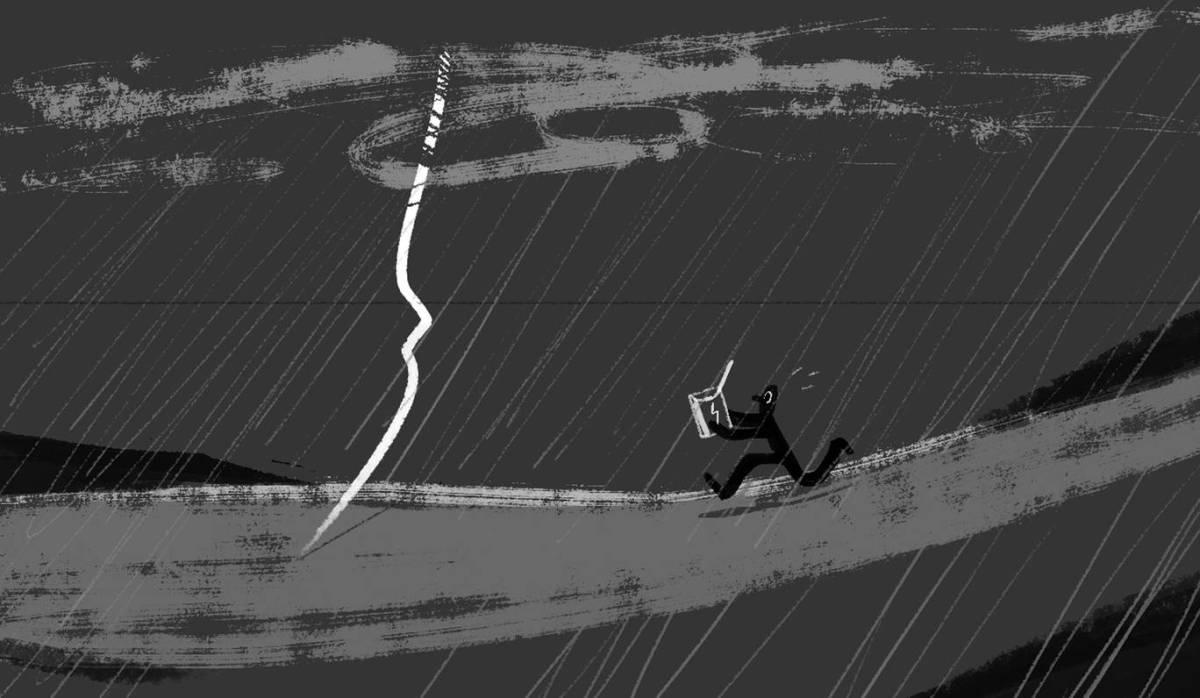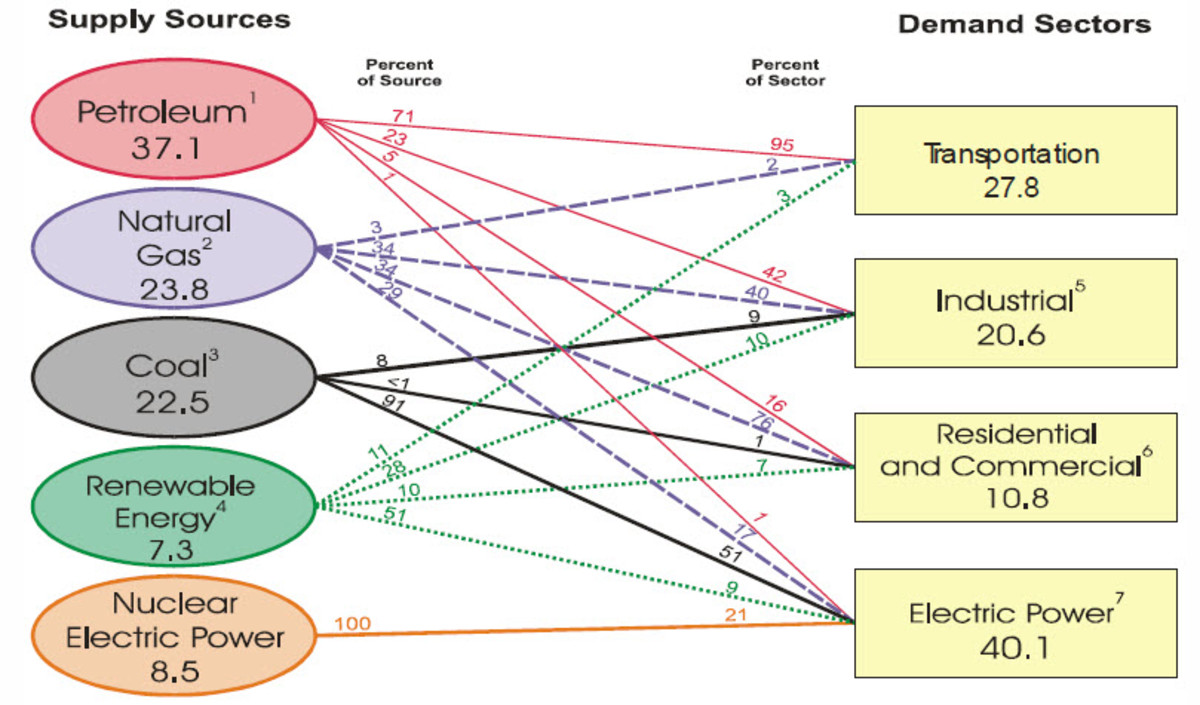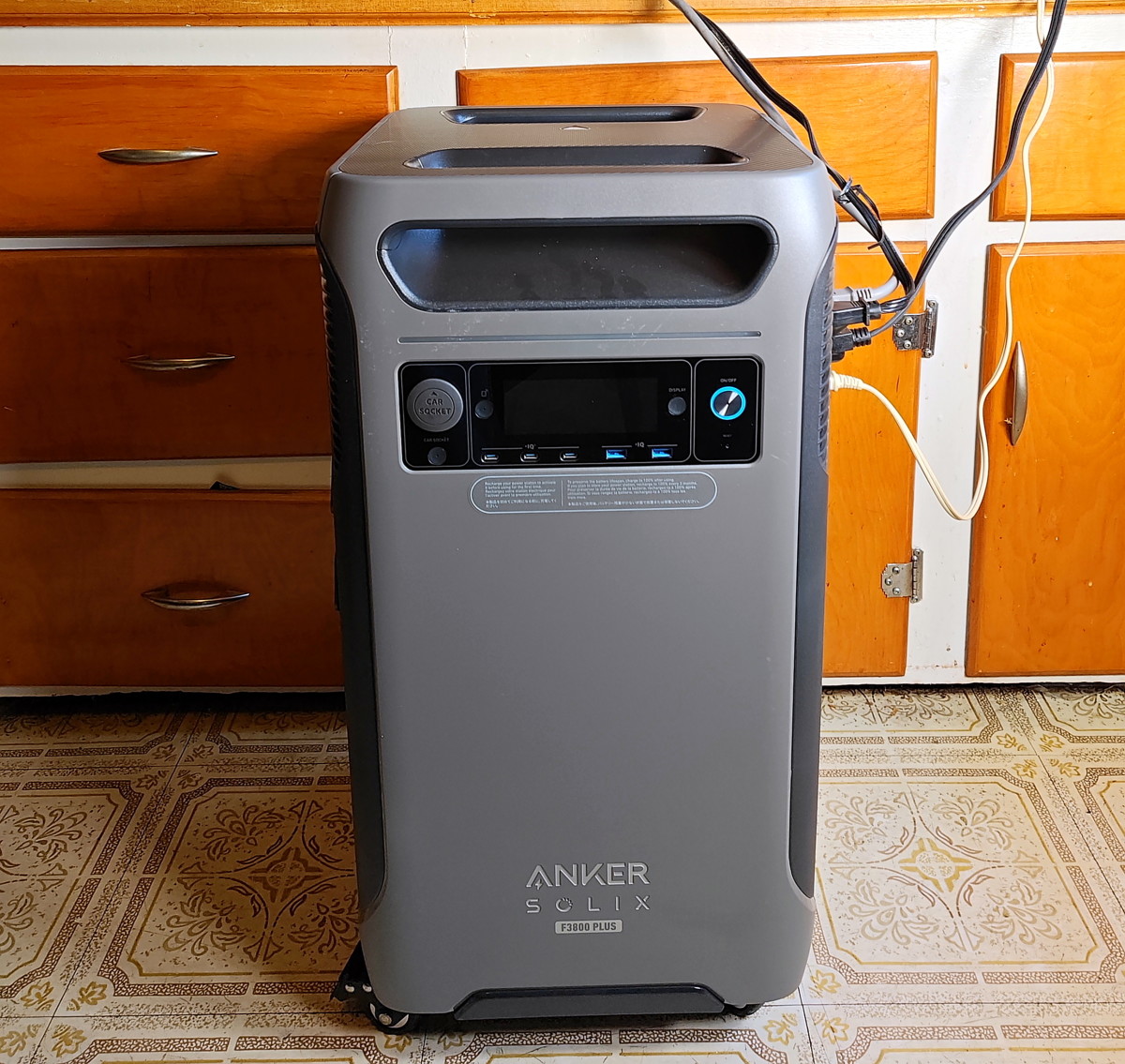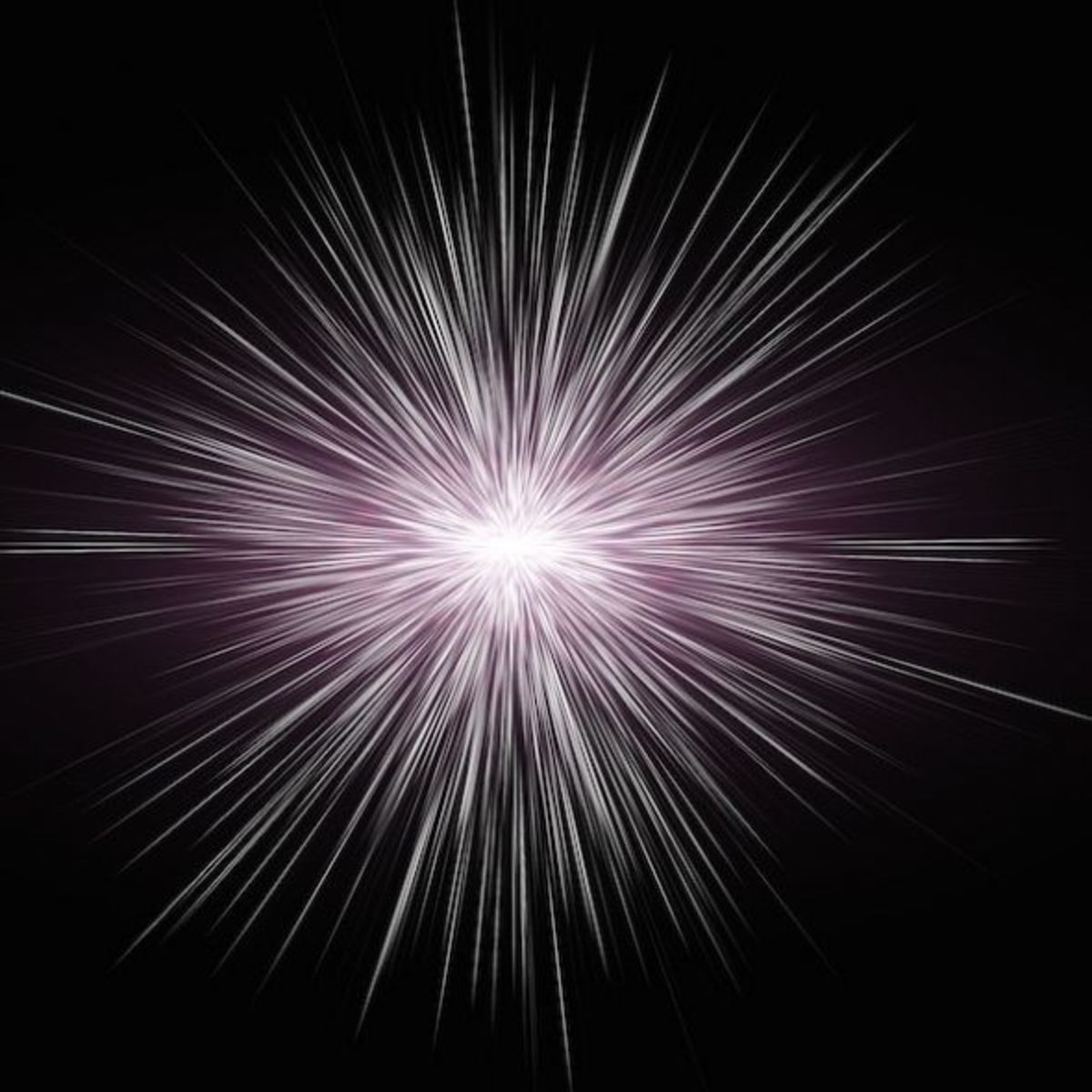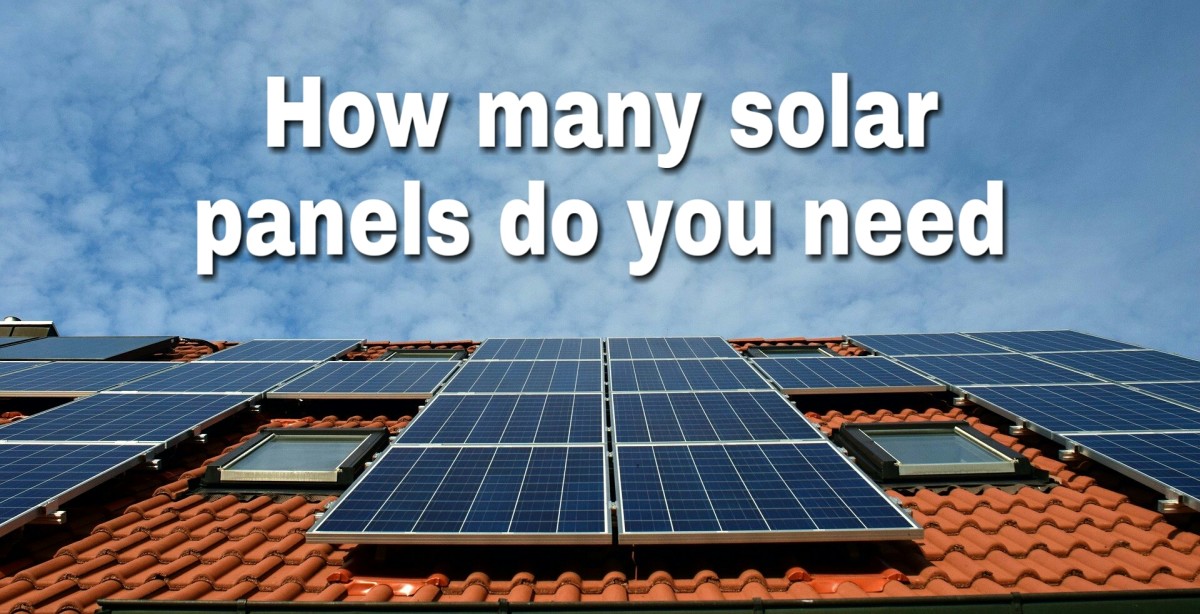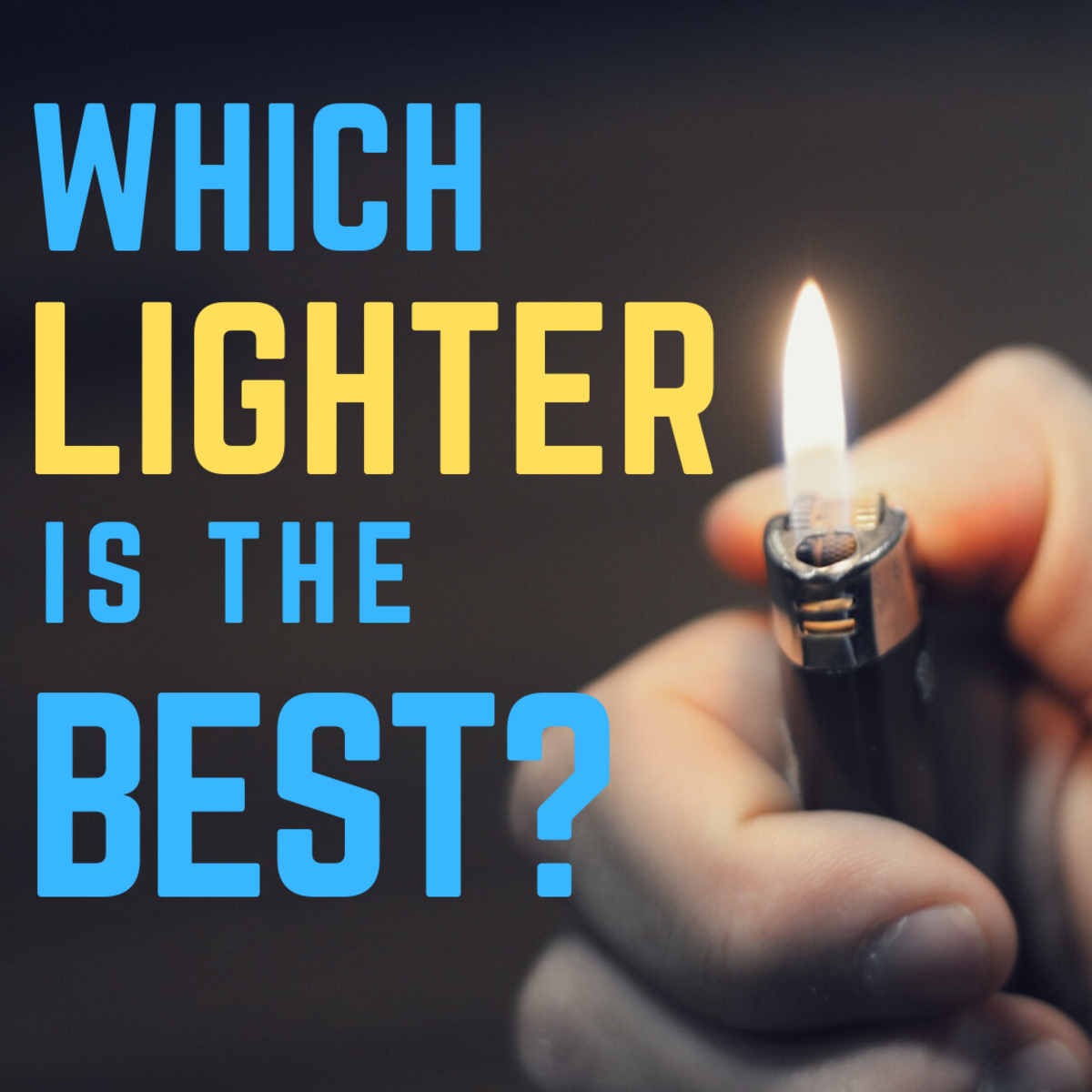A Society Powered By 80% Renewable Energy?
Should we move towards reliance on solar and wind energy?
The short answer is yes, but the true question is can we? The answer, for now, could be a no. There is no question that the United States (and the world at large) need to move towards renewable energy. The estimates on hydrocarbon energy’s depletion show us that if we do not make revolutionary changes in the ways we produce and procure energy, we are on the fast track to destroying our world’s nature and being left in darkness.
Researchers at the University of California, the California Institute of Technology; and the Carnegie Institution for Science came together to analyze the variability from 36 years’ worth of data that came from the weather, hour by hour. Through the scientists’ research. They found that wind and solar energy would be so unreliable due to the natural courses that they run in a typical day, that it would several weeks of harnessing and storing energy from these sources. To compensate for the wavering of the wind and the sun’s cycle would be quite difficult.
Reliability
On the surface, a major issue that appears to most people in the consideration of renewable energy would be the questionable reliability factor. This is a case wherein that issue arises. Solar and wind energy both have blackout potential. If we were to rely solely on wind and solar powered grid, in order to distribute the energy on a mass level where wind energy is lackluster, there would need to be a constant high voltage direct current. Due to the variant nature, the energy provided from these sources could possibly not always be looked to. However, there are ways that solar and wind energy can be utilized for consistent energy.
“Our team took a simplified approach aimed at understanding fundamental geophysical constraints on wind and solar power.” Dr. Matthew R. Shaner
Energy Storage
For us to have the ability to rely on solar and wind energy 100%, it would take three weeks to store backup energy. This is possible, but not a feasible plan that people would want to adhere to. The plan to rely on these renewable energies for only 80% of our energy would only take the storing of backup energy up to 12 hours. This is a plan that would help restrain the downsides that entail blackouts.
As storage capabilities stand now, there are many developments and advancements happening to help ensure there will be capacity for more clean energy storage in the future. Technologies like thermal and hydrogen storage would be useful when maximizing the energy from wind turbines and varying solar panels. There are currently thermal storage plants already in use or being proposed in places like California and Arizona.
Hydrogen storages could be utilized to actually generate more energy. The National Renewable Energy Laboratories have been researching a way wherein they can create hydrogen from wind power, which they can then store into wind turbines and generate energy when the wind is not blowing. This would be a tremendous success in the renewable energy industry, especially in terms of reliance. The more storage developments there are, the less we must depend on fossil fuels and the closer we get to living with the usage of at least 80% wind and solar energy.
There are numerous other sources of clean storage, such as pumped hydroelectric storage, which has about 22 GW of capacity installed in the United States, making it the biggest electrical storage system in operation and Flywheels, which more draw power from the actual electrical grid in a rotational manner for later use. Flywheels are actually quite beneficial to the grid due to the way they can switch modes to slowly redistribute stored energy back into the grid. Flywheels, which have rapid response times, actually last for long periods of time and require minimal maintenance. The more plants that are built with these storages, the better it will be for the possible reliance on wind and solar power.
Future Reliability
As said by associate professor of Earth system science Steven Davis of UCI “The fact that we could get 80 percent of our power from wind and solar alone is really encouraging,” he said. “Five years ago, many people doubted that these resources could account for more than 20 or 30 percent.”
© 2019 Jasmine Avie

